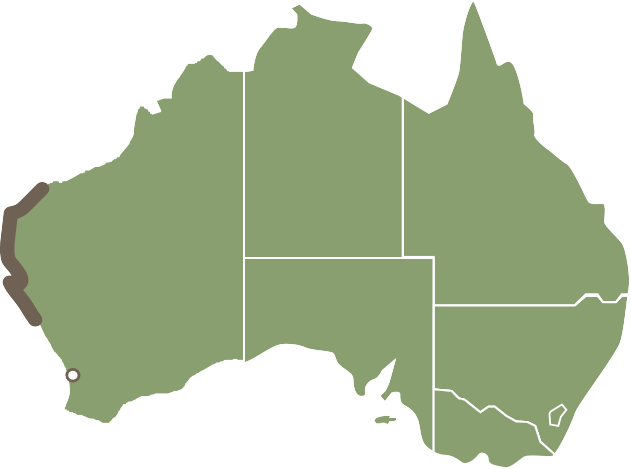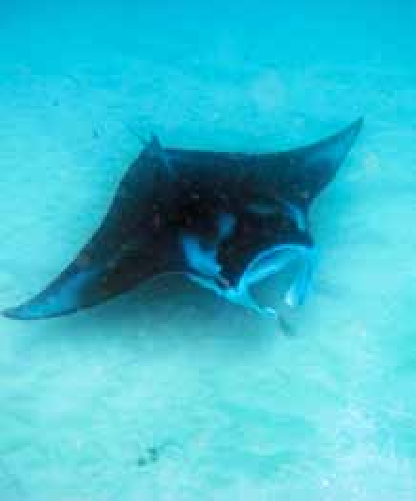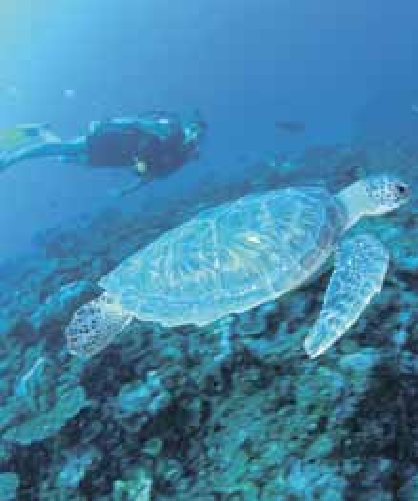Ningaloo-Shark Bay
宁格罗鲨鱼湾

The intensely surreal hues of the World Heritage listed Shark Bay and neighbouring Ningaloo Reef on Australia’s most western edge juxtaposes a myriad of marine blues, desert ochres and sandy whites across more than 2000 kilometres. Life’s perpetual motion flows across the open spaces connecting ancient rocks, untouched shorelines, crystal waters and unique plants and animals that make up this world class environment. There is a striking contrast between the seascape and the colours of the ancient and rugged landscape which offers a feast for the eyes and the mind. From sparkling blue waters in shallow lagoons to vivid white beaches, to spectacular and varied gorges, to red dunes scattered with sage green acacia scrub, wildflowers and spinifex vegetation.
SHARK BAY WORLD HERITAGE
Bordered by a series of islands, the sheltered waters of Australia’s largest bay are less than 15 metres deep. The clear waters reveal spectacular sea grass meadows on the bay floor, covering 4,000 square kilometres. The 1,030 square kilometre Wooramel Seagrass Bank is the largest of its type in the world.
Marine life abounds, including humpback whales, loggerhead turtles, dolphins and manta rays, not to mention the world’s largest population of the threatened dugong (sea cow). The bay is home to 320 fish, 80 coral and 218 scallop, clam, mussel and oyster species.
NINGALOO REEF HERITAGE
Stretchingfor almost 300 kilometres and situated unusually close to the continental shelf, Ningaloo Reef is a World Heritage listed coral reef system -the only major coral reef system on the west coast of any continent in the world.
A meeting point of warm tropical and cool temperate water, the reef contains a diverse range of species including more than 250 corals, 500 fish, and 600 different types of molluscs.
WHALE SHARKS
Ningaloo Reef is seasonally home to the majestic whale shark — the largest fish species in the world. Growing up to 18 metres long, each animal’s pattern of spots is unique, acting as a ‘fingerprint’to identify individual sharks. Snorkellers can swim up to four metres from these gentle, awe-inspiring creatures.
Ningaloo is one of most reliable places in the world to view whale sharks. They arrive shortly after the mass coral spawning in March or April each year and stay in the area until July to take advantage ofthe abundance offood.
Very little is known about the biology of these animals, including where they live, howtheyfind each otherto mate and how long they live for.
MAJESTIC MANTA RAYS
Inhabiting the waters of Ningaloo-Shark Bay all year round, graceful manta rays fly through the ocean waters, performing spectacular loop the loops as they gather food. Growing up to seven metres, manta rays are the largest rays on earth. Unlike sting rays, manta rays do not possess a poisonous barb in their tail and snorkellers and boaters can easily get a close glimpse of these graceful giants.
ANCIENT BEGINNINGS
Geological and climatic history has shaped the landscape wherethe desert meetsthe sea. Encounterthe earth’s history, span i ng hundreds of millions of years, revealing major stages in the record of life and significant ongoing geological change. The Cape Range peninsula is characterised by low, steep karst limestone built from the skeletons of marine creatures deposited in ancient tropical seas and eroded over millennia into the majestic shapes of the karst terrain.
宁格罗鲨鱼湾
世界遗产名录中的鲨鱼湾和邻近的澳大利亚最西边的宁格罗礁,拥有绵延2000多公里的碧蓝大海、沙漠赭石和洁白沙滩。在这片广阔天地间,古老的岩石、原始海岸线、晶莹的海水、独特动植物之间涌动着生生不息的生命力,也使得这片土地拥有了世界级的优美环境。 海景与古老崎岖的地貌景观形成了鲜明的对比,不但是一场视觉盛宴,也是一次心灵的洗涤。周围浅水泻湖中的湛蓝海水波光粼粼,沙滩白得耀眼,还有千奇百怪的山峡,红色沙丘上点缀着灰绿色的金合欢、各种各样的野花和三齿稃丛。
世界遗产鲨鱼湾
鲨鱼湾是澳大利亚最大的海湾,其避风水域与岛屿接壤,深度不到15米。透过清澈的海水,可以看到海底壮观的海草草甸,面积达4000平方公里。其中,伍尔麦海草沙洲有1030 平方公里,其面积为世界之最。 此处的海洋生物种类丰富,包括座头鲸、红海龟、海豚和蝠鲼,更有濒危物种儒艮(海牛),此处的儒艮数量为全球之最。鲨鱼湾是320种鱼类、80种珊瑚类和218种扇贝、蛤蜊、贻贝和牡蛎的家园。
世界遗产宁格罗礁
宁格罗礁绵延近300公里,位置距大陆架极近,被列于世界遗产名录中,也是所有大陆西海岸礁体之中,最重要的珊瑚礁系统。
此处珊瑚礁是温暖热带水流同凉爽温带水流的交汇点,孕育了多种多样的物种,包括250多种珊瑚、500种鱼类和600种不同类型的软体动物。
鲸鲨
宁格罗礁是鲸鲨的季节性栖息地。鲸鲨体型雄伟,是世界上最大的鱼类,身长可达18米。每只鲸鲨的斑点都是独一无二的,可作为识别个体鲨鱼的“指纹”。鲸鲨性格温和,浮潜者甚至可以游到距离它们4米远的位置,观察这种令人敬畏的大家伙。 宁格鲁是世界上最适合观赏鲸鲨的地方之一。每年3月或4月珊瑚大量繁殖的时节,它们就会来到宁格鲁海域,捕食其中丰富的食物,一直呆到 7月。 目前关于鲸鲨的生物学特性还知之甚少,例如它们生活在何处,如何交配以及寿命多长,都尚未知晓。
巨大的蝠鲼
蝠鲼一年四季都生活在宁格罗鲨鱼湾水域,它们在海水之中优闲地穿梭觅食,翻着跟头。蝠鲼可长达七米,是地球上最大的辐鳍鱼类。与黄貂鱼不同,蝠鲼的尾巴上没有有毒的倒钩,所以浮潜者和乘船者可以近距离地观察这些优雅的巨型鱼类。
远古的开端
地质运动和气候变化塑造了此处一半海水、一半沙漠的独特景观。 在这里,可以感受到地球数亿年的悠久历史,体会生命历程的重要阶段和地质变化的重要进程。低矮的开普山脉半岛,陡峭的喀斯特石灰岩,均由古老热带海洋中的海洋生物骨骼堆积而成,经过数千年的时间,逐渐形成了当前雄伟的喀斯特地貌。




